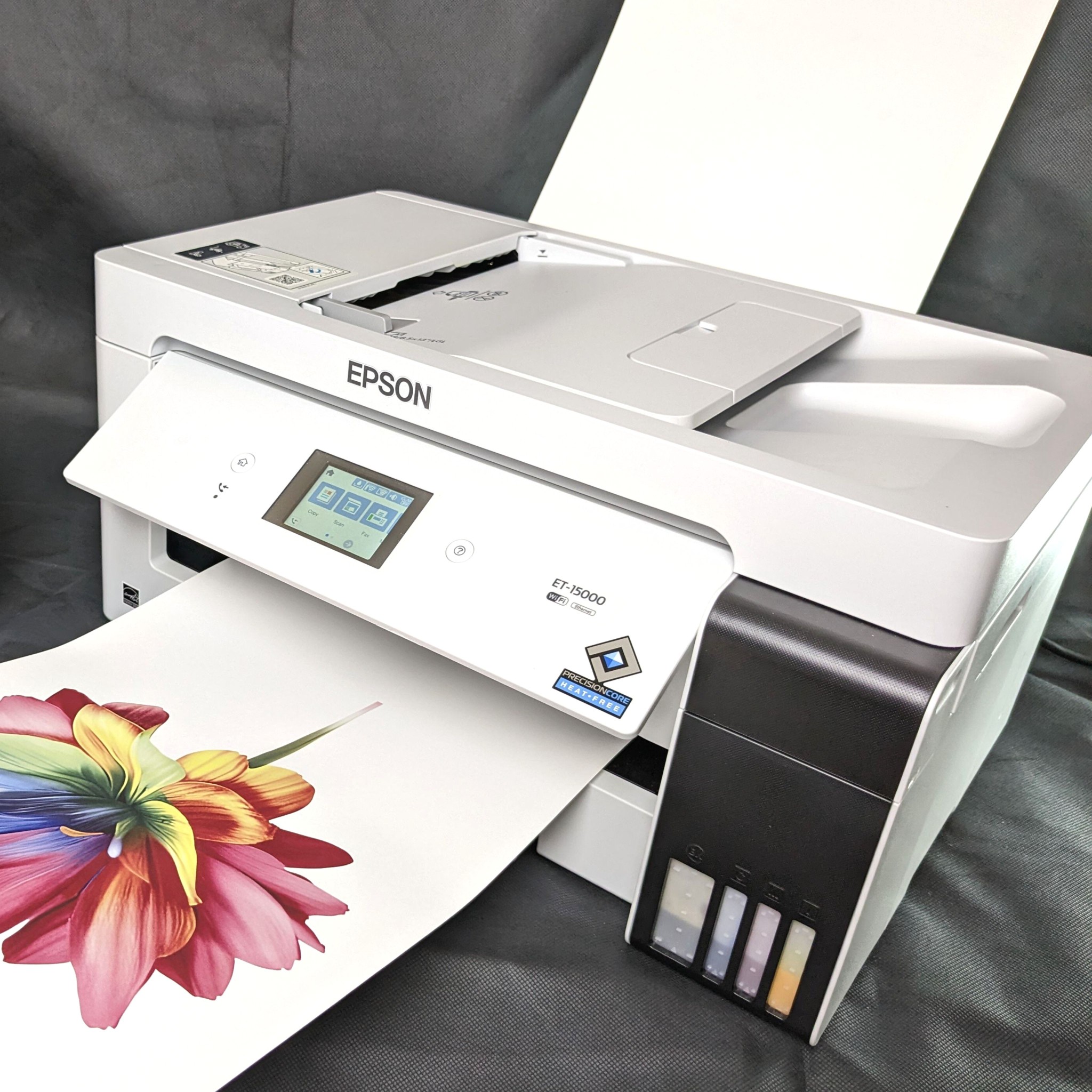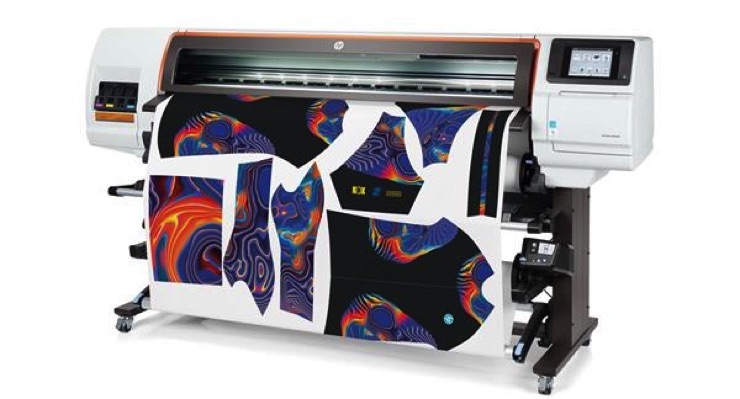Why DTF Printing is the Future of Personalized Clothing Production
Why DTF Printing is the Future of Personalized Clothing Production
Blog Article
Advancements in DTF Printing: Just How It's Revolutionizing the Market
The textile printing sector is undergoing a considerable transformation, driven by the advanced advancements in Direct-to-Film (DTF) technology. These technologies are not only improving print top quality and versatility but likewise enhancing the entire printing process. With remarkable ink formulas, improved movie and adhesive technologies, and the integration of automation, DTF printing offers lively, long lasting prints on a range of materials, meeting the enhancing need for personalization. As organizations seek a lot more ecologically pleasant and effective options, the effects of these improvements call for a closer examination into how they are shaping the future of textile printing.
Developments in DTF Innovation
Progressing quickly, DTF (Direct-to-Film) printing technology has actually undertaken significant improvements that are changing the fabric industry. Modern DTF printers use sophisticated ink solutions that result in vivid, durable prints with high resolution and color precision.

In addition, improvements in movie and glue technologies have actually improved the total application process. New films provide much better flexibility and attachment, enhancing the resilience and washability of the printed designs - screen printing. This guarantees that the prints keep their stability and vibrancy even after numerous laundries
Lastly, ecological factors to consider have triggered the growth of environment-friendly DTF remedies. Makers are progressively taking on sustainable techniques, such as using recyclable films and water-based inks, lining up with international initiatives to minimize the market's environmental footprint.
Benefits Over Traditional Approaches
When comparing DTF printing to conventional methods such as display printing and direct-to-garment (DTG) printing, numerous distinctive benefits emerge. DTF printing. One of one of the most considerable benefits is its adaptability in textile compatibility. Unlike screen printing, which typically calls for particular fabric types, DTF printing can be applied to a more comprehensive variety of materials, including cotton, polyester, and blends, without compromising print quality
Another significant advantage is cost-effectiveness, especially for little to medium-sized orders. Traditional screen printing comes to be financially practical only at higher volumes because of the setup expenses involved. In comparison, DTF printing removes these setup costs, making it more affordable for smaller sized batches and one-off designs.
In addition, DTF printing stands out in resilience and washability. Additionally, DTF printing provides faster turn-around times.

Enhanced Style Abilities
DTF printing provides boosted design capabilities that set it apart from conventional printing approaches. The procedure involves publishing a layout onto an unique film, which is after that moved to textile.
Moreover, DTF printing sustains a large variety of textiles, consisting of cotton, polyester, blends, and even non-textile substratums. This convenience opens doors for imaginative applications in varied industries such as style, home decor, and promotional items. Unlike screen printing, which can be restricting due to shade splitting up and stencil production, DTF printing simplifies the procedure, making photo-realistic and multi-color styles a lot more accessible.
Furthermore, DTF printing stands out in accomplishing regular color accuracy and vibrancy. In significance, that site DTF printing empowers developers to press the boundaries of imagination, providing visually stunning outcomes that were previously unattainable.
Price and Time Effectiveness
Among the remarkable advantages of DTF printing depends on its cost and time efficiency, making it a favored choice for numerous services. By eliminating the demand for display arrangements and substantial pre-production processes, DTF printing considerably lowers preliminary expenses. Unlike typical methods that call for substantial investment in displays and configuration times, DTF printing permits straight application onto various materials with marginal preparation. This reduction in setup time converts into faster manufacturing cycles, allowing companies to fulfill orders extra quickly.
Furthermore, DTF printing stands out in generating short runs and custom-made orders cost-effectively. The ability to produce top quality prints without the demand for big quantity dedications lessens waste and enhances resource appropriation. This versatility is especially beneficial for local business and start-ups that may not have the funding to buy massive manufacturing runs.
In terms of operational efficiency, DTF printing's streamlined workflow boosts total efficiency. Thus, DTF printing stands out as a transformative service in the printing sector.
Future Trends in DTF Printing
Preparing for future fads in DTF printing reveals a landscape noted by rapid technical innovations and enhanced market demand (Branded clothing). One considerable trend is the combination of artificial intelligence (AI) and maker understanding formulas to optimize print high quality and simplify operations. AI-driven systems can anticipate potential issues and change setups in real-time, making certain regularly premium result
Additionally, improvements in environment-friendly inks and sustainable products are anticipated to gain grip. As ecological concerns end up being more pressing, the sector is most likely to see a change in the direction these details of eco-friendly and non-toxic inks, minimizing its ecological footprint.
Modification and customization will likewise play a pivotal duty. With the growing customer need for distinct, individualized products, DTF printing modern technologies are developing to supply more elaborate and in-depth modification choices. This fad is sustained by improved software application options that enable even more facility and innovative styles.
Finally, the combination of DTF printing with advice other digital platforms and ecommerce remedies will certainly become a lot more seamless. This connection will allow businesses to use on-demand printing services straight to customers, better driving growth in the sector. These trends collectively highlight a future where DTF printing not just meets yet surpasses the evolving requirements of the market.
Final Thought

When comparing DTF printing to traditional methods such as screen printing and direct-to-garment (DTG) printing, a number of distinct advantages arise. Unlike display printing, which frequently calls for specific material types, DTF printing can be used to a more comprehensive variety of products, consisting of cotton, polyester, and blends, without compromising print top quality.
DTF printing supplies boosted design abilities that establish it apart from typical printing methods. Hence, DTF printing stands out as a transformative option in the printing sector.
Advancements in DTF printing significantly improve the textile printing industry by supplying premium print performance, quality, and adaptability.
Report this page